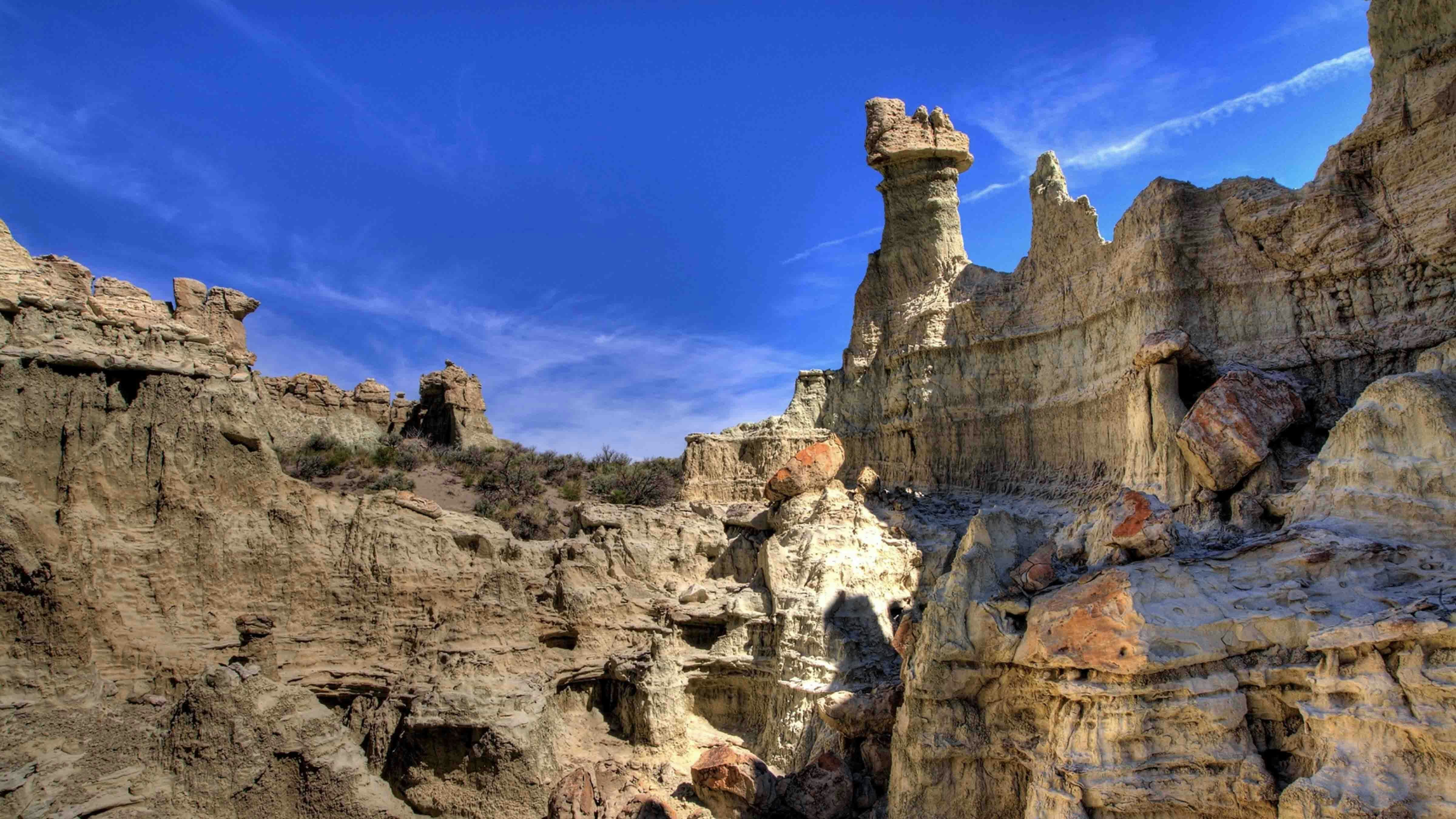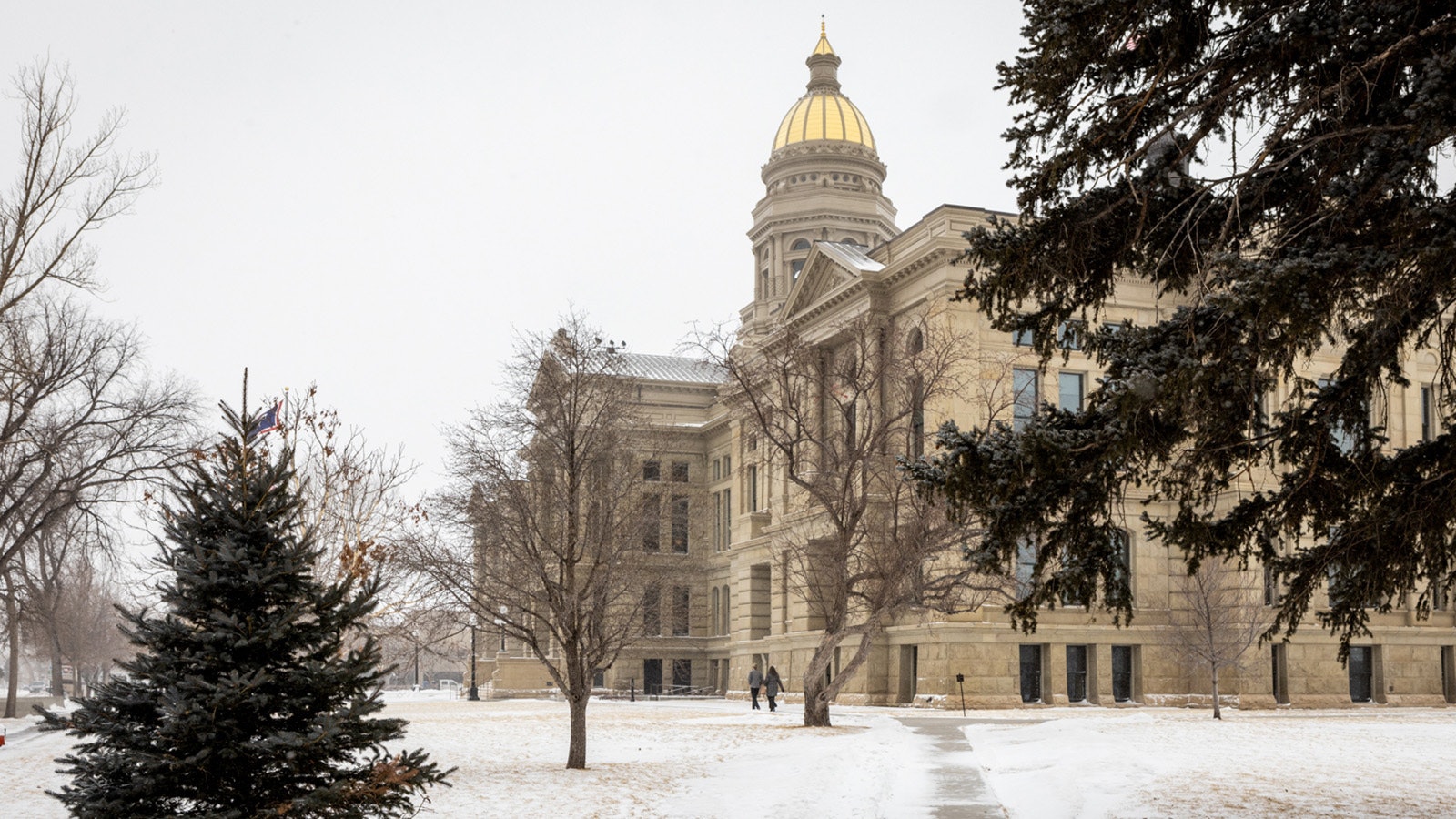Dear editor:
Wyoming’s rangelands have been used by wildlife, ranchers, miners, sportsmen and energy production for generations. Over the last decade, as technology developed, these lands have come under scrutiny for a new use: utility-scale solar energy.
The updated Western Solar Plan, finalized by the Bureau of Land Management (BLM) on December 20th, has been thoughtfully designed to address the challenges faced by the increased demand on western landscapes for energy generation.
The Nature Conservancy (TNC) supports the development of well-sited solar energy projects in Wyoming because we recognize the importance of an all-of-the-above energy strategy to power our state’s economic future.
We also recognize that poorly-sited solar developments represent a significant threat to wildlife habitat and the hunting, ranching and recreation that all Wyomingites treasure.
From the majestic pronghorn roaming the plains to the elusive sage-grouse nesting in our sagebrush sea, our wildlife is an integral part of Wyoming's identity.
In a state renowned for its big game migrations, we believe it is crucial that energy development and related infrastructure on public lands be carefully sited to avoid significant impacts on big game and other species.
The Western Solar Plan provides this safeguard by steering solar developers away from areas where conflicts are most likely to occur.
TNC is especially pleased to see the BLM recognize the importance of Wyoming’s migration corridors and crucial winter range, all of which is removed from consideration for solar development under the plan.
This plan, developed over 19 months of public comment and consultation with communities, tribes, state agencies and non-profits, is designed to balance energy development with protection of wildlife and habitat.
In Wyoming, over 13 million acres of BLM-administered land are no longer available for solar development, leaving between 2-4 million acres available for new solar projects.
While that number may be striking to some, separate BLM and TNC analyses indicate that the solar industry is likely to utilize less than 100,000 acres across Wyoming in the next 20 years.
Some have worried that this plan will open Wyoming up to an unprecedented amount of solar energy development, but that’s just not true.
The true aim of the Western Solar Plan is to guide energy developers to lands where conflicts between solar development and wildlife, or other uses, are minimized.
It is important to recognize that the Western Solar Plan is not a one-size-fits-all solution. It is a dynamic framework that allows for flexibility and adaptation based on local conditions and community input.
This means that Wyoming's unique needs and priorities will be taken into account, ensuring that solar development is compatible with our conservation goals.
The plan encourages collaboration between federal, state and local agencies to achieve the best outcomes for our wildlife and communities.
We commend the BLM for this updated Western Solar Plan and appreciate the hard work of all members of the public, partner organizations and state agencies that assisted with this process.
Sincerely,
Justin Loyka
Wyoming Energy Program Director at The Nature Conservancy





